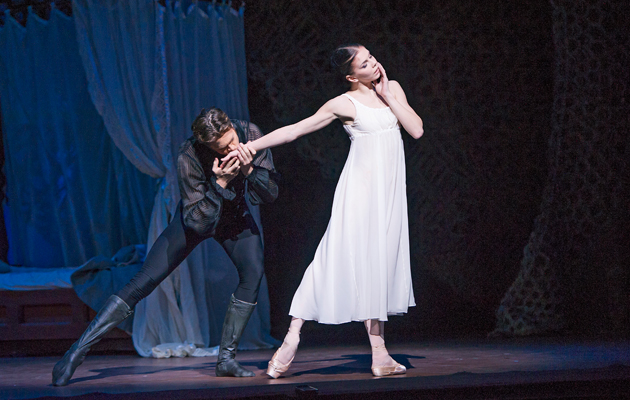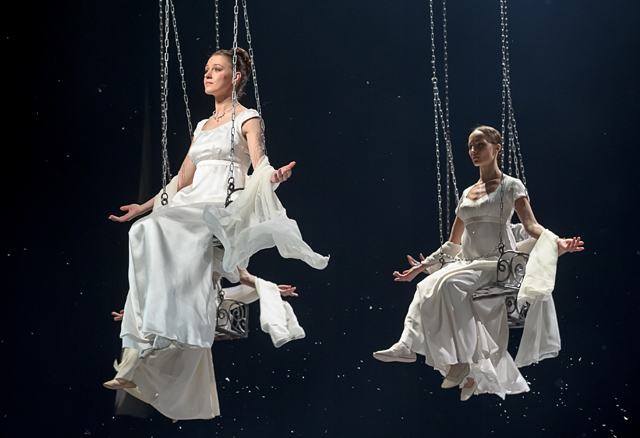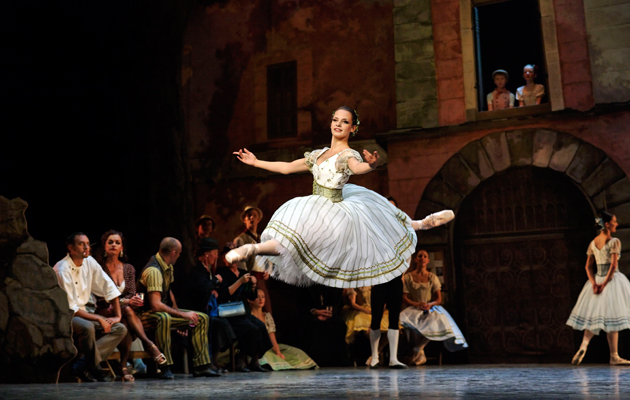Review: Onegin
Country Life's dance critic considers two new productions of Onegin.

Ballet companies cannot resist John Cranko’s Onegin. An atmospheric interpretation of Pushkin’s verse novel that draws passionate theatricality from the short narrative, it requires only four strong principal dancers, and any well-trained troupe can easily handle its attractive vocabulary.
The Royal Ballet production now resembles both a chamber work and a star vehicle, at least when Natalia Osipova, the only Tatiana I saw, takes that pivotal role. While the ensemble went through its paces politely and the artists in the other leading roles danced and mimed exactly as they do portraying families and nobles in other stories, she commanded the stage and the drama with her body, her eyes, the focus of her concentration and every nuanced gesture.
Shy, enraptured and scorned, childish and mature, timid and bold, her Tatiana acquired strength and emotional subtlety scene by scene. Her Onegin, Matthew Golding, and nearly everyone else offered stock characters and pretty manners, neatly delivered without a discernible shred of conviction.
For expressive variety and commited performances, I preferred the Vakhtangov State Academic Theatre of Russia’s Eugene Onegin, which brought rollicking fun and wrenching pathos to the Barbican in a striking three-hour spectacle.

With several characters doubled for heightened emphasis—one person spoke as another enacted the events described—the company’s movement and occasional dancing proved as revealing as the text. Smitten by Onegin at first sight, Tatiana pounded her bed pillow in an adolescent flurry of longing and frustration. When Onegin shot Lensky with a soft blow to the chest—no gun, no sound—eight demure women, the supportive chorus, collapsed one by one, echoing and re-echoing the death.
Sneering disdainfully, Onegin drained the drinks pressed on him in Tatiana’s home—his face and posture spoke for his attitude toward such customs—and Tatiana agreed to marry Gremin wordlessly by sharing a pot of jam with him.
As imaginative theatre and a textbook example of character and mood defined by movement, this haunting production could teach professional dancers some valuable lessons about eloquence.
Exquisite houses, the beauty of Nature, and how to get the most from your life, straight to your inbox.
The Royal Ballet, Onegin, 27 February matinée and evening. www.roh.org.uk
Estonian National Ballet, Hamburg Ballet, Staatsballett Berlin and Stuttgart Ballet are all dancing this work in the current season. Please see the Dancing Times for dates and contact information.

The Royal Danish Ballet’s Bournonville Celebration
Barbara Newman welcomes a rare visit from the Royal Danish Ballet.

Credit: courtesy of the estate of Irina Baronova
Book review: Irina Baronova and the Ballets Russes de Monte Carlo
Country Life's dance critic reviews Irina Baronova and the Ballets Russes de Monte Carlo, a new book by Victoria Tennant.